
This is the first in a series of articles that builds on my previous Best Practice guide and is based on my 30 years experience in converting 4 vehicles for personal use.
The Dream of Converting a Van vs Real Life Getting in the Way
Converting a camper van can be an exciting and fulfilling project, but it’s important to keep in mind the reality of the process versus the dream. The dream of having a fully customised, Instagram-worthy van may not always match up with the reality of the time, effort, and money required to complete the project.
In reality converting a van can be a challenging and time-consuming process. It often requires extensive research, planning, and DIY skills. Additionally, the cost of materials and equipment can add up quickly, particularly if you opt for high-end finishes or appliances.
Furthermore, if you plan on living in the van full-time, this can also present its own set of challenges. Lack of space, limited amenities and resources, and the need for constant maintenance can all take a toll. It’s important to be realistic about your expectations and understand that van life is not always as glamorous as it may appear on social media.
That being said, with proper planning and a realistic outlook, converting a camper van is a rewarding experience that offers the freedom and flexibility to travel and explore in a unique and personalised way.
Having the Time vs Real Life Getting in the Way
When converting a camper van, it’s important to be realistic about the amount of time you have available versus the demands of your everyday life. While it may be tempting to dive headfirst into the project, it’s essential to understand that life can get in the way.
The reality is that converting a camper van can take a significant amount of time, particularly if you have limited DIY experience. Depending on the extent of the conversion, it could take several months to complete. Additionally, unexpected setbacks and challenges can and do arise, further delaying the project.
Balancing the demands of daily life, such as work, family obligations, and other commitments, can also impact the timeline of the project. It’s important to try to have an agreed & realistic plan in place that takes into account your available time and resources.
One way to mitigate the impact of time constraints is to break the project down into manageable chunks and prioritise the most critical elements first. This can help ensure that progress is being made even if you don’t have as much time as you’d like to devote to the project.
Seeing progress in a series of stages is an important step to help you tackle the project as a whole, and more importantly to help you feel like you are making progress. For example celebrating just getting to the stage where you have finished insulating the van will help you pause, look backwards and forwards, and move on.
Where & How to do a Camper Van Conversion
You can do a DIY camper van conversion in your own garage, on your own driveway, or in any other open space that you have access to. However, it’s important to ensure that you have the necessary tools and equipment to complete the project safely and efficiently. The advent of battery-powered everything means access to power is now no longer the constraint that it used to be. No more borrowing a mate’s drive to noisily saw holes in the van walls to fit exterior accessories. However it’s worth stating that some places may have zoning laws or regulations regarding van conversions.
If you don’t have access to a suitable workspace, you may be able to rent a garage or workshop space. Many places have shared workshop spaces or makerspaces that offer tools, equipment, and workspace for a fee. These spaces can be a great resource for DIYers who don’t have access to their own tools or workspace.
Lastly, if you don’t feel comfortable doing the conversion yourself, you may be able to hire a professional conversion company to do the work for you. This can be a more expensive option, but it ensures that the work is done to a high standard and can save you time and frustration in the long run.

Doing a DIY camper van conversion requires careful planning and preparation. Here are the general steps you can follow:
- Choose a van: The first step is to select a suitable van that meets your needs and budget. Consider factors such as size, features, and fuel economy.
- Plan the layout: Once you have a van, plan the layout of your conversion. This includes deciding on the sleeping and living arrangements, storage solutions, and other features such as a kitchen or bathroom.
- Insulate the van: Insulate the van to ensure that it stays warm in the winter and cool in the summer. This can involve adding insulation to the walls, floor, and ceiling.
- Install electrical and plumbing systems: Depending on your layout, you may need to install electrical and plumbing systems. This can involve adding a solar panel system, wiring outlets and lights, and installing a water tank and pump. As with a house there are 1st and 2nd fix installations for all plumbing & electrics.
- Build the interior: Build out the interior of the van, including the bed, kitchen, and storage areas. This can involve constructing furniture, cabinets, and shelving.
- Add finishing touches: Once the interior is complete, add any finishing touches such as curtains, flooring, and decor.
- Test your conversion: Take your van on a test drive and make any necessary adjustments to ensure that it’s functional and comfortable. Having nights early on in the conversion in the van on the driveway are an essential!
Doing a DIY camper van conversion can be a challenging but rewarding experience. It’s important to have a realistic plan, budget, and timeline in place before beginning the project. Additionally, be prepared to learn new skills and troubleshoot unexpected challenges along the way.
Considerations Around Vehicle Usage When Planning a Camper Van Conversion
When planning a camper van conversion, there are several considerations around vehicle usage that you should keep in mind:
- Size and weight: Consider the size and weight of the van, as this can impact fuel efficiency, manoeuvrability, and legal restrictions. Ensure that your van is suitable for the type of driving you plan to do and meets the necessary safety regulations. Also consider where you will keep it and whether it will comply with any parking regulations in this area. The laws changed where I lived and I could no longer get a residents permit for my vehicle.
- Maintenance: A well-maintained van is essential for a successful conversion project. Ensure that your van is in good condition and has been serviced regularly & recently. Additionally, factor in ongoing maintenance costs and ensure that you have a plan in place for dealing with any issues that may arise.
- Driving conditions: Consider the driving conditions you plan to encounter, such as dirt roads or uneven terrain. Ensure that your van is equipped to handle these conditions and that you have the necessary supplies and equipment to deal with any challenges you may encounter.
- Fuel efficiency: A camper van conversion can be heavy, which can impact fuel efficiency. Consider ways to improve your van’s fuel efficiency, such as adding a solar panel system or upgrading to more fuel-efficient tyres.
- Insurance and registration: Ensure that your van is properly insured and registered for its intended use as a camper van. Some insurance companies may require specific modifications or safety features to provide coverage.
- Legal restrictions: Check local and state laws regarding camper vans, as some areas may have restrictions on where you can camp or park overnight. Additionally, ensure that your van meets any necessary safety regulations for its intended use.
By considering these factors, you can ensure that your van is suitable for your needs and that you can safely and legally use it for your adventures.

A Camper Van with a Dual Purpose
Using a camper van as a dual-purpose vehicle can offer a range of benefits, including versatility, convenience, and cost savings. One common approach is to build a modular interior that can be easily converted between a living space and a cargo space. This can be particularly useful for those who use their van for work during the week and for camping or road trips on the weekends.
Some considerations when using a camper van as a dual-purpose vehicle include:
- Storage: When using the van for both work and leisure, you’ll need to ensure that you have sufficient storage space for both purposes. Consider building in modular storage units that can be easily removed or repositioned as needed.
- Comfort: If you plan to use the van for extended periods of time, you’ll want to ensure that it’s comfortable for both work and leisure. This may involve adding insulation, ventilation, and comfortable seating and sleeping areas.
- Accessibility: Ensure that the van is easily accessible for both work and leisure purposes. This may involve adding a sliding door or rear access, as well as ensuring that the interior is easily reconfigurable.
By designing a camper van with dual purposes in mind, you can maximize its potential as a versatile and practical vehicle for both work and play.
[fve]https://youtu.be/-sJcYnL8iQw[/fve]Considerations About How Many Beds to Fit in a Camper Van
The number of beds you should fit in a campervan depends on your personal needs and preferences. Here are some considerations to keep in mind:
- Sleeping arrangements: Consider who will be sleeping in the van and whether they will be comfortable sharing a bed. If you’re travelling with a partner, a full-size bed may be sufficient, but if you’re travelling with children or friends, you may need additional sleeping space.
- Space limitations: Campervans have limited space, so you’ll need to consider how many beds you can realistically fit without sacrificing comfort and usability. Consider whether you’ll need to sacrifice other features, such as a kitchen or bathroom, to accommodate additional beds.
- Legal limitations: Check laws regarding the number of passengers allowed in a campervan, as well as any safety regulations regarding sleeping arrangements. A bed converted from a seat will need considerations around stowing seatbelts when not upright.
- Budget: Adding additional beds can increase the cost of your campervan conversion, so consider your budget when deciding how many beds to include.
Ultimately, the number of beds you should fit in a campervan depends on your individual needs, budget, and space limitations. Consider your travel plans and the needs of your travel companions when making this decision.

Do I Need a Shower Room in a DIY Camper Van Conversion?
Whether you need a shower room in a DIY camper van conversion depends on your personal preferences and travel plans. Here are some considerations to keep in mind:
- Frequency of use: Consider how often you’ll be using the van and whether you’ll have access to public showers or other facilities. If you plan to use the van for extended periods of time or in remote areas, a shower room may be necessary.
- Space limitations: Campervans have limited space, so you’ll need to consider how much space you can realistically dedicate to a shower room. You may need to sacrifice other features, such as a kitchen or seating area, to accommodate a shower room.
- Budget: Adding a shower room can increase the cost of your campervan conversion, so consider your budget when deciding whether to include one.
- Personal preferences: If having a shower room is important to your comfort and enjoyment while traveling, then it may be worth including in your campervan conversion.
Ultimately, whether you need a shower room in a DIY camper van conversion depends on your individual needs and preferences. Consider your travel plans, budget, and space limitations when making this decision.
Considerations Around Size of Vehicle When Considering a Camper Van Conversion
The size of the vehicle is an important consideration when planning a DIY camper van conversion. Here are some factors to consider:
- Manoeuvrability: Larger vehicles may be more difficult to manoeuvre in tight spaces, such as narrow roads or car parks. Consider the type of driving you’ll be doing and whether a smaller vehicle would be easier to handle.
- Space: Larger vehicles can provide more living space and storage, but they may also be more difficult to park and store. Consider how much space you’ll need for your conversion and whether a larger vehicle is necessary.
- Fuel efficiency: Larger vehicles will run lower miles to the gallon/kms to the litre than smaller vehicles, which will impact your travel costs. Consider the fuel efficiency of the vehicles on your short list and whether it fits within your budget.
- Budget: Larger vehicles can be more expensive to purchase and convert than smaller vehicles. Consider your budget and whether you can afford a larger vehicle. Ironically I;ve seen some MWB vans that are more expensive than LWB.
Ultimately, the size of the vehicle you choose for your DIY camper van conversion depends on your individual needs and preferences. Consider your travel plans, budget, and space requirements when making this decision.





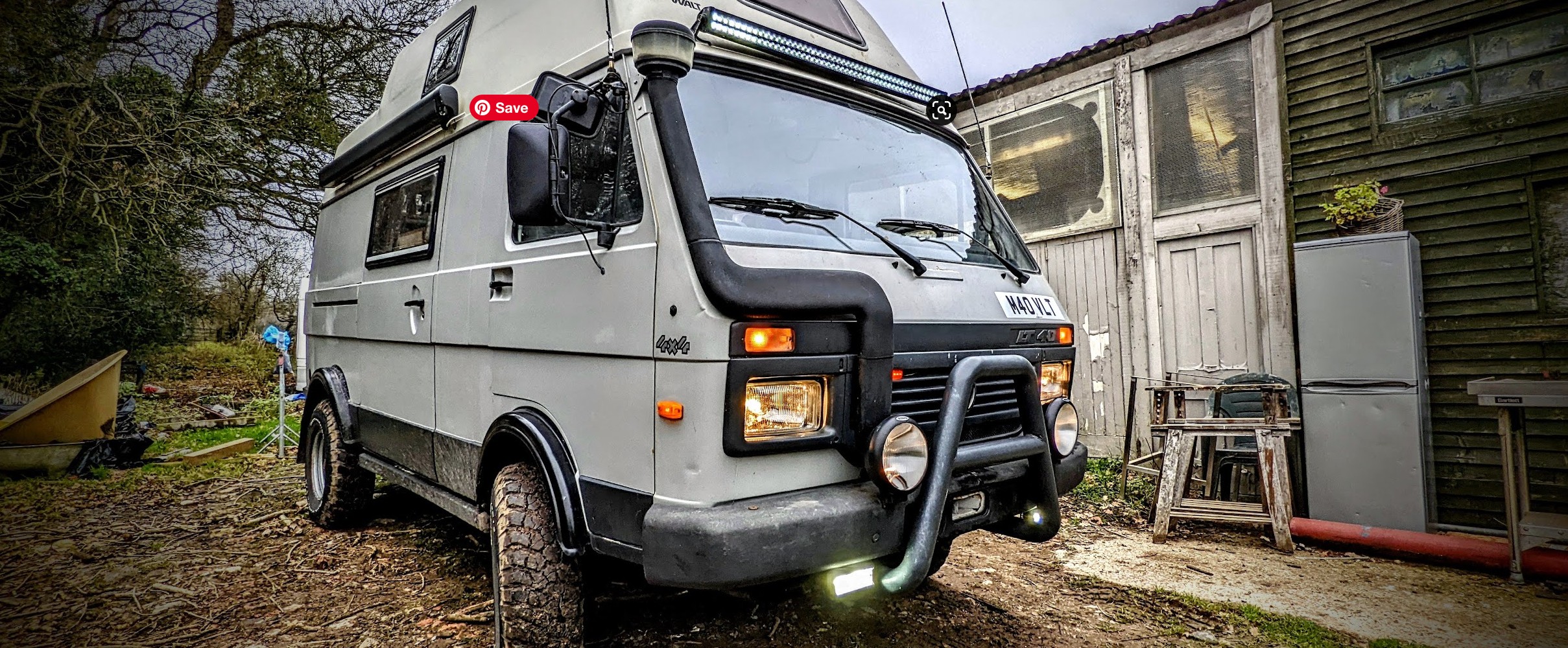

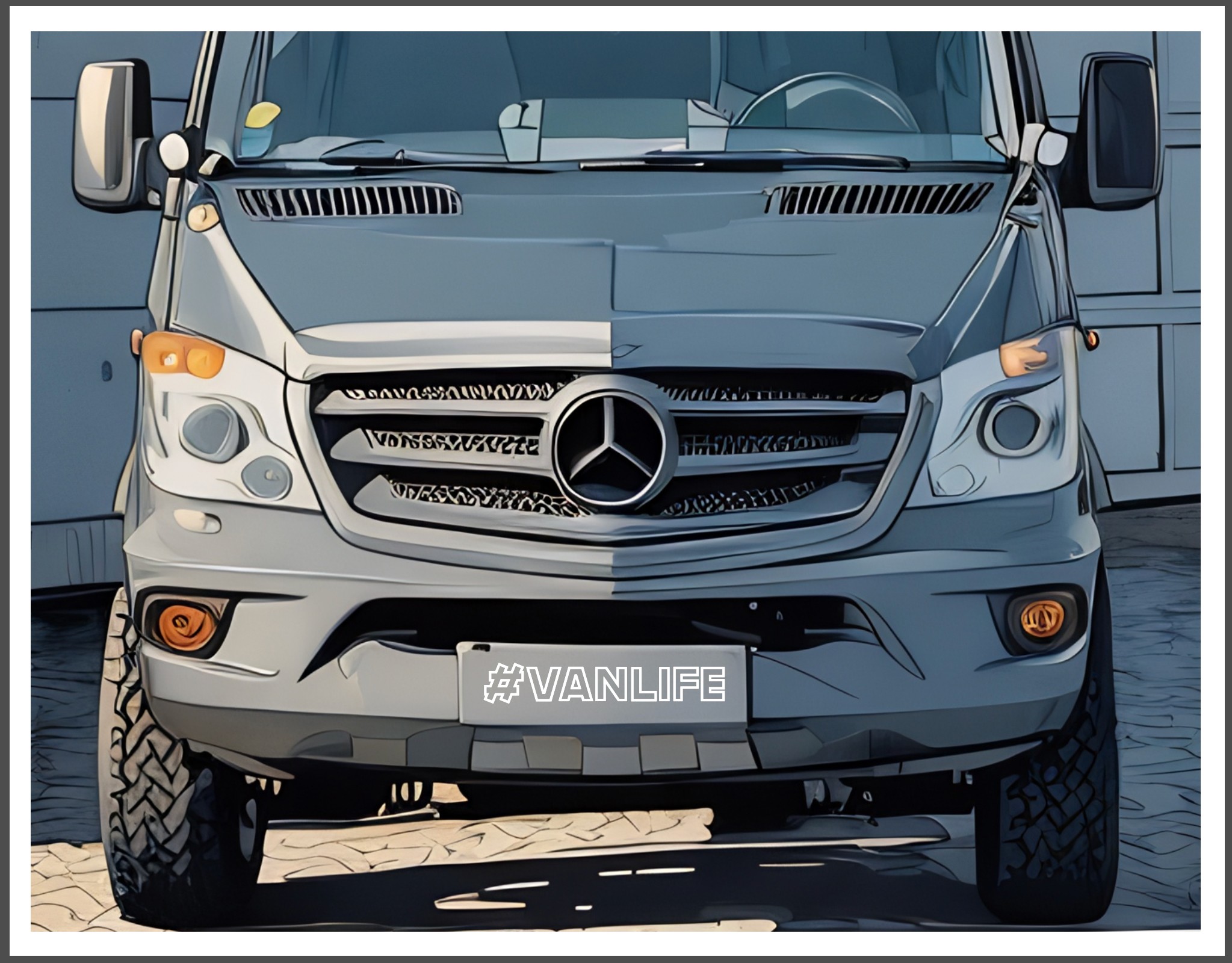

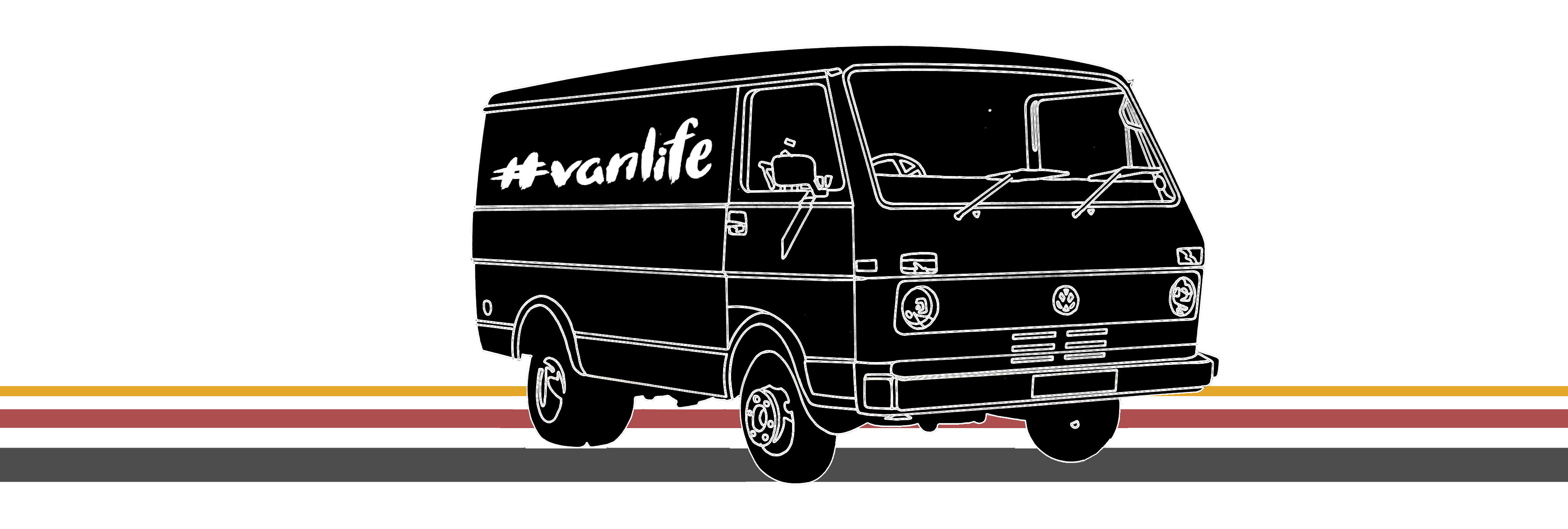



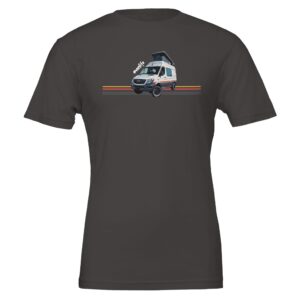

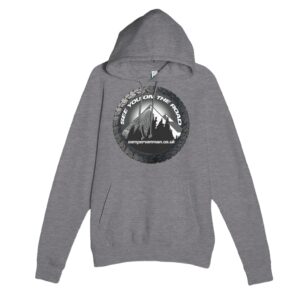

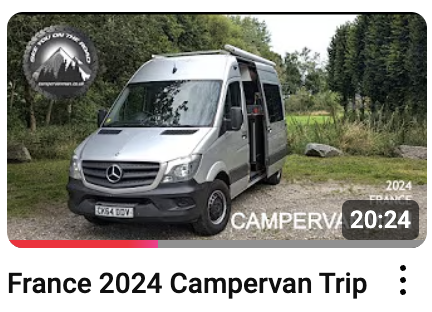
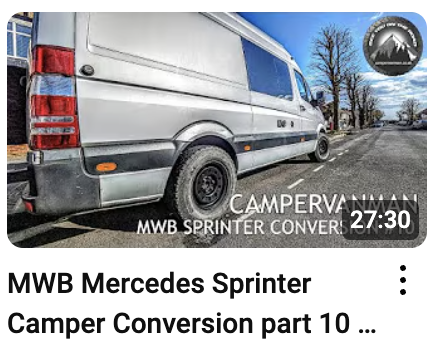



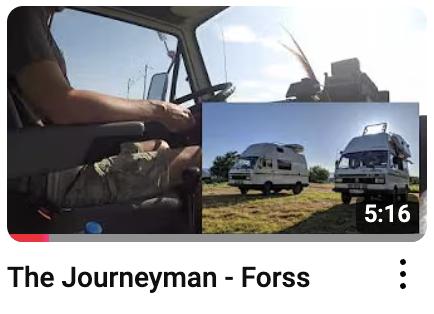


Recent Comments